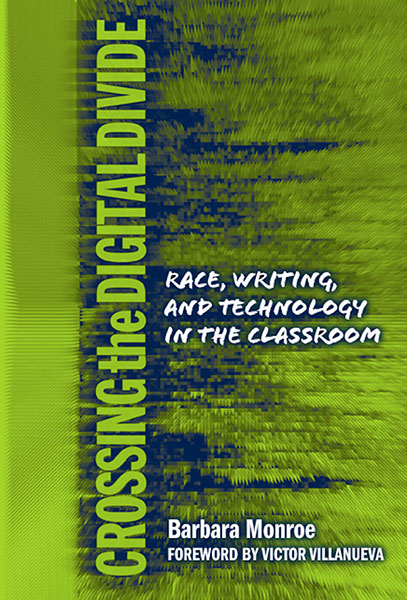Professors: Request an Exam Copy
Print copies available for US orders only. For orders outside the US, see our international distributors.
Publication Date: April 17, 2004
Pages: 168
Series: Language and Literacy Series

As poor, nonwhite communities on “the other side” of the digital divide become immersed in electronic media, how can we evaluate their experiences to transform the teaching of writing and literature and improve student learning? This important book offers a balanced view of instructional technology and critical multiculturalism as experienced in today’s public schools. With valuable insights to help English educators at all levels working in all types of schools, this accessible volume features:
Barbara Monroe is currently the coordinator of English Education at Washington State University. She has taught at all levels—pre-K through college—in the United States and abroad.
“In the pages that follow, Barbara walks us through technology, computer technology, and ways of crossing the digital divide that are value rich….She shows us ways that have the potential, in her words, ‘to create a critical pedagogy for the electronic age,’”
—From the Foreword by Victor Villanueva
“This is a principled, deeply considered work that brings together insights about access to technology, cultural styles of expression, critical pedagogy, and the persistence of poverty. It should be read by all teachers who want a deeper understanding of the widening economic and social gulf between students of color and white students in U.S. classrooms.”
—Helen Fox, University of Michigan
Professors: Request an Exam Copy
Print copies available for US orders only. For orders outside the US, see our international distributors.